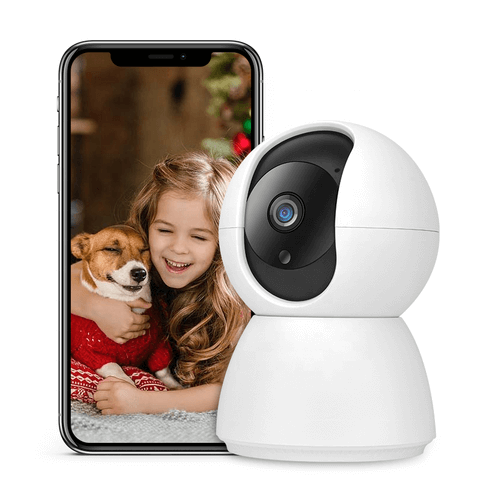In today’s business landscape, security camera systems have become essential tools for protecting assets, preventing theft, and ensuring the safety of employees and customers alike. With rising security concerns and rapid technological advancements in surveillance technology, business owners are increasingly investing in comprehensive security solutions. Whether you’re starting from scratch or upgrading an existing system, this guide will walk you through every step of building an effective security camera system tailored to your business needs. By implementing a well-designed surveillance system, you can drastically reduce security risks while gaining valuable insights into your operations.
How to Assess Your Business Security Needs?
Before purchasing any equipment, a thorough security assessment is crucial to identify your specific protection requirements. This foundational step ensures your investment addresses actual vulnerabilities rather than perceived ones.
I’ve seen countless businesses waste thousands on unnecessary equipment while leaving critical areas unprotected. The security assessment process isn’t just bureaucratic paperwork—it’s your financial safeguard against ineffective systems.
Start by creating a detailed map of your premises, identifying every potential vulnerability. Those back doors employees prop open during smoke breaks? That’s where your inventory might be walking out. The reception area where visitors wait unsupervised? That’s where sensitive information could be compromised.
Industry-specific considerations make a tremendous difference in your security approach. Retail operations should prioritize checkout areas and merchandise displays, while professional offices need to protect client data and equipment. At JER-Tech, we’ve designed custom security solutions for diverse business environments, each with unique vulnerability profiles.
Engage your team in this process—they’ll spot daily security concerns you might miss. Your shipping manager likely knows exactly which loading dock is most vulnerable, while your IT director can identify where data security intersects with physical security needs.
| Business Type | Priority Focus Areas |
|---|---|
| Retail | Entrances, POS, merchandise displays, stockrooms |
| Manufacturing | Loading docks, production floors, and equipment storage |
| Office | Reception, server rooms, executive areas, and file storage |
Document traffic patterns and operational hours—when are certain areas most vulnerable? That quiet period between shifts? Perfect opportunity for internal theft. Need expert guidance? Contact our security consultants for a professional assessment that identifies your specific vulnerabilities.
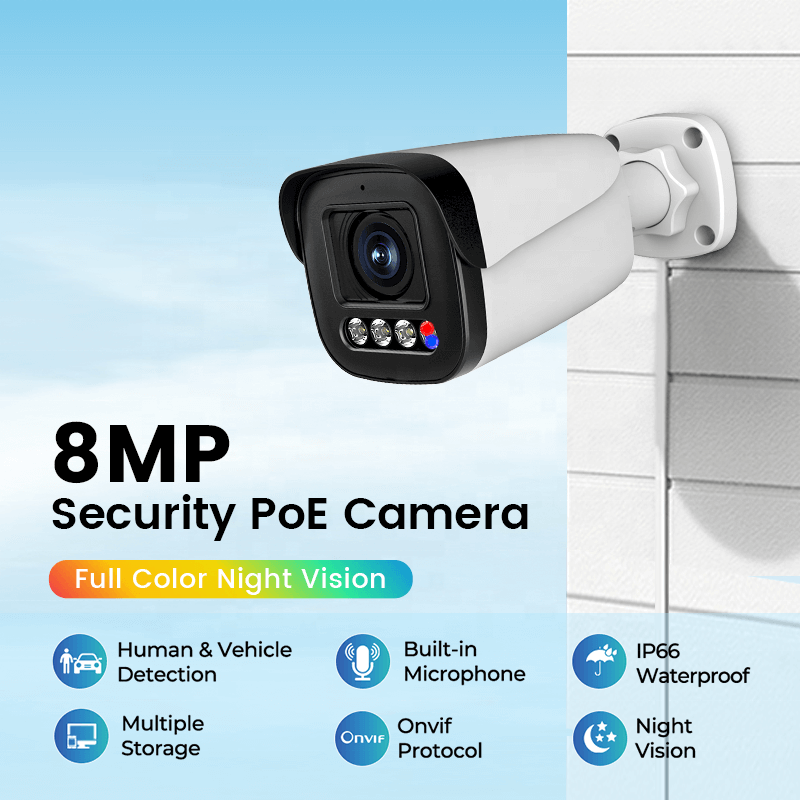
Which Types of Security Cameras Are Best for Business Applications?
Selecting the right cameras is critical to building an effective security system. Today’s market offers a wide range of options with varying capabilities, each suited to different business environments and security requirements.
After completing your security assessment, you’ll need to navigate the sometimes overwhelming world of camera technology. I’ve installed hundreds of systems and can tell you that choosing between IP and traditional CCTV is your first major decision.
IP cameras have revolutionized business security with their crystal-clear imagery—we’re talking 4-8MP resolution that can capture a face from across your parking lot. At JER-Tech, we primarily recommend these for new installations because they integrate seamlessly with modern networks and offer tremendous flexibility for expansion.
That said, don’t dismiss traditional CCTV if you’re working with budget constraints or expanding an existing analog system. They’re still perfectly serviceable for many applications where ultra-high resolution isn’t critical.
| Feature | IP Cameras | Traditional CCTV |
|---|---|---|
| Resolution | 4-8MP (4K capable) | Up to 720p |
| Network Integration | Native | Requires adapters |
| Remote Access | Easy, built-in | Limited, extra hardware |
For outdoor applications, don’t skimp on weather resistance an IP65 rating is your minimum for exposed locations. And those fancy features? They’re not just bells and whistles. License plate recognition can be invaluable for businesses with parking facilities, while facial recognition drastically improves access control security.
Need help selecting the perfect camera for your specific business environment? Contact our team for personalized recommendations based on your unique security requirements.
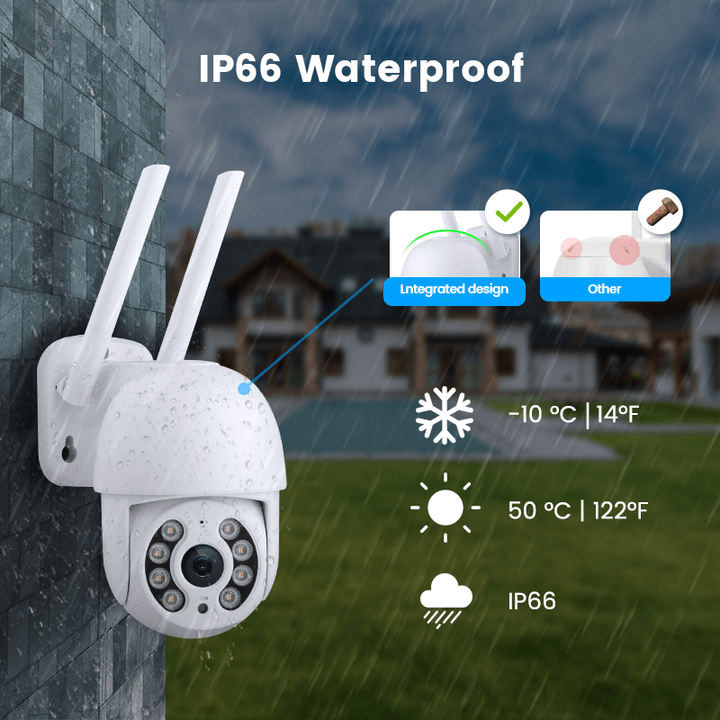
Where Should You Place Security Cameras for Maximum Coverage?
Strategic camera placement is perhaps the most crucial aspect of an effective security system. Even the most advanced cameras are ineffective if they’re not positioned to capture essential areas and activities.
Now that you’ve selected your camera types, let’s tackle the art of placement—and yes, I call it an art because there’s a certain finesse to achieving maximum coverage without breaking your budget. I’ve seen businesses waste thousands on excessive cameras while still missing critical areas.
Indoor camera placement requires careful consideration of height and angle. Position cameras 8-10 feet high, low enough to capture details but high enough to prevent tampering. Those entry points you identified in your security assessment? They need cameras angled to capture facial features, typically at a 15-20 degree downward tilt.
| Area Type | Recommended Camera Type | Optimal Placement |
|---|---|---|
| Entry/Exit | 4MP+ with WDR | 8ft height, facial capture angle |
| POS/Registers | 2-4MP with audio | Overhead + transaction view |
| Inventory | Wide-angle + PTZ | Corner mounting for max coverage |
For retail environments, don’t just monitor merchandise—monitor interactions at POS systems from angles capturing both employees and customers. You’d be surprised how often this dual perspective resolves disputes and identifies suspicious transactions.
Outdoor placement brings additional challenges—weather exposure, lighting variations, and distance considerations. At JER-Tech, we recommend creating overlapping zones of coverage, especially in parking areas and loading docks. This redundancy ensures that if one camera fails, you’re not left with a security gap.
Need help mapping out your specific camera placement strategy? Contact our team for a customized placement plan that maximizes coverage while respecting privacy requirements and legal considerations in your jurisdiction.
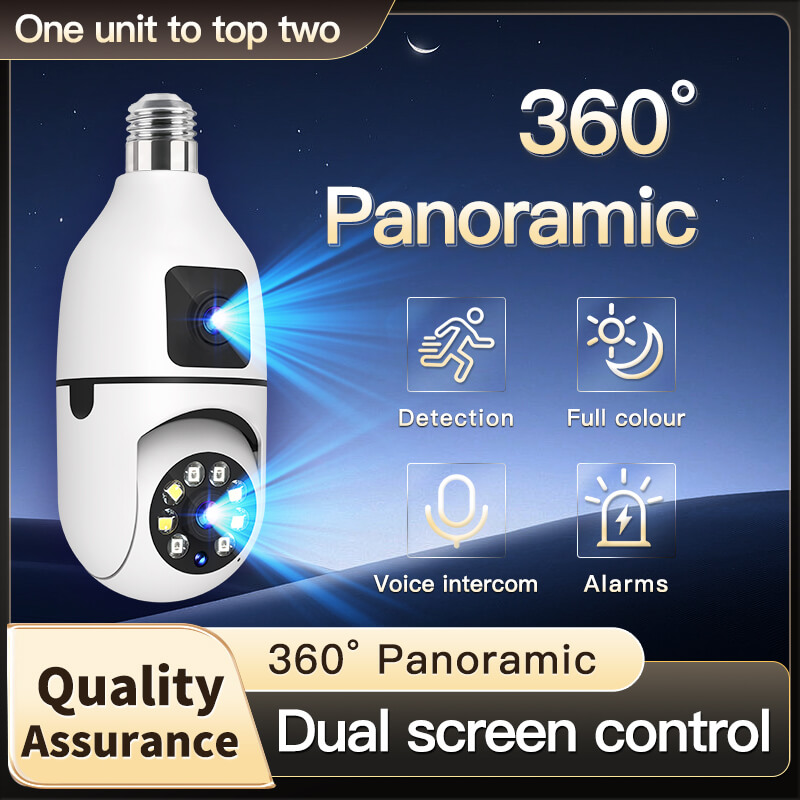
Should You Choose DIY or Professional Installation?
Once you’ve selected your cameras and planned their placement, you’ll need to decide whether to install the system yourself or hire professionals. This decision impacts both initial costs and long-term system performance.
With your camera placement strategy now mapped out, you’re facing the classic DIY vs. pro installation dilemma. I’ve seen this decision make or break security systems, regardless of how premium the equipment might be.
DIY installation can certainly save you money, typically 30-50% on upfront costs. For basic setups with fewer than 8 cameras in easily accessible locations, this might be tempting. I’ve helped many small business owners successfully install simple systems, but I’ve also witnessed the aftermath of DIY gone wrong.
| Installation Type | Cost Savings | Risk Factors |
|---|---|---|
| DIY | 30-50% | Technical issues, improper weatherproofing, and network vulnerabilities |
| Professional | None (higher initial investment) | 75% fewer first-year technical issues |
The complexity grows exponentially with system size. Running cables through concrete walls isn’t for the faint of heart—trust me, I still have the scars to prove it! Professional installers from JER-Tech bring specialized tools and expertise for proper PoE wiring, weather-tight outdoor connections, and optimal angle adjustments.
For businesses without dedicated IT staff, professional installation includes proper network configuration to prevent security vulnerabilities. Those weather-tight seals on outdoor cameras? They make the difference between a system lasting five years versus failing after the first heavy rainstorm.
Still weighing your options? Contact our installation experts for a free consultation to determine which approach makes the most sense for your specific business environment and technical capabilities.
How Should You Manage Video Storage and Data?
An often overlooked but critical component of any security camera system is the storage and management of recorded footage. Without proper storage solutions, even the highest quality cameras become virtually useless for investigative purposes.
Now that your cameras are installed, you’re facing the data dilemma. I can’t tell you how many businesses I’ve seen invest thousands in premium cameras only to skimp on storage—it’s like buying a Ferrari but filling it with watered-down fuel. Your footage is only as good as your ability to access it later.
The storage decision typically comes down to three approaches: traditional NVR/DVR systems, cloud storage, or hybrid solutions. Each has distinct advantages depending on your specific needs and infrastructure.
| Storage Type | Pros | Cons |
|---|---|---|
| Local NVR/DVR | Complete data control, no subscription fees | Vulnerable to physical damage/theft |
| Cloud Storage | Off-site security, automatic backups | Ongoing costs, bandwidth requirements |
| Hybrid Solution | Redundancy, flexible retention options | More complex setup, higher initial cost |
Calculating storage needs requires simple math: a single 4MP camera at 30fps consumes roughly 25GB daily. For a 10-camera system with 30-day retention, you’re looking at 7.5TB minimum. That seemingly oversized 12TB NVR? It’s not overkill—it’s foresight.
At JER-Tech, we typically recommend hybrid approaches for most businesses—local storage for immediate needs with cloud backup for critical footage. This approach has reduced our clients’ data loss incidents by nearly 90%.
Struggling with storage calculations or retention policy requirements for your industry? Contact our data management specialists for a customized storage solution that balances performance, compliance, and budget constraints.
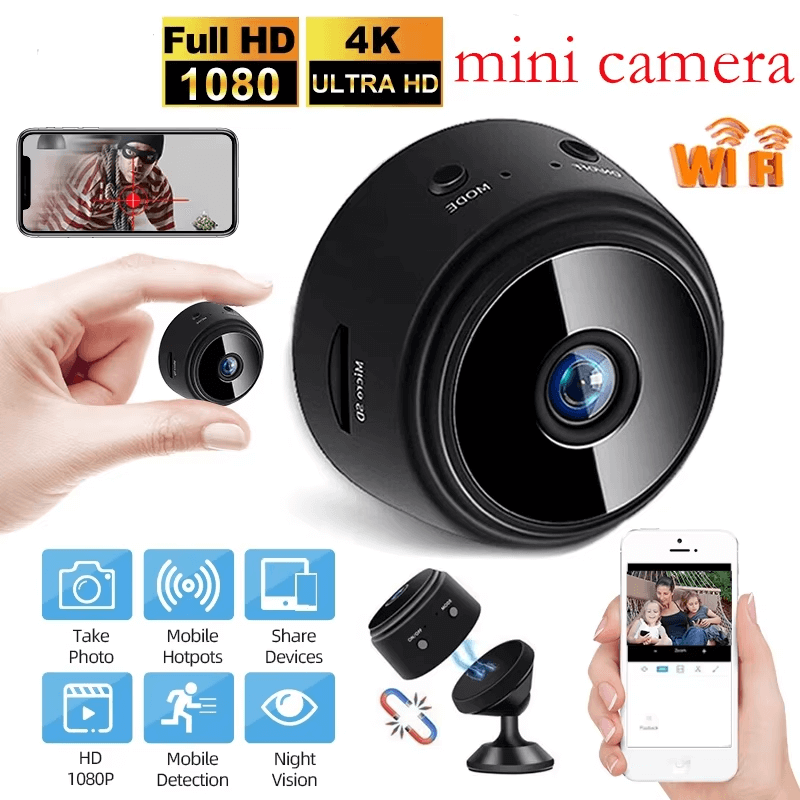
How Can You Integrate and Maintain Your Security System?
A truly comprehensive security approach integrates your camera system with other security measures and business operations while ensuring ongoing maintenance keeps everything functioning optimally.
With your storage solution in place, it’s time to maximize your system’s effectiveness through integration and proper maintenance. I’ve seen too many businesses install powerful security systems only to let them deteriorate into glorified paperweights through neglect.
Integration transforms isolated cameras into a comprehensive security ecosystem. By connecting your cameras with access control systems, you create automatic documentation of who enters sensitive areas. One retail client at JER-Tech reduced internal theft by 70% simply by linking door access logs with synchronized video footage—employees knew they were accountable.
| Integration Type | Business Benefit |
|---|---|
| Access Control + Cameras | Documentation of all entries/exits with visual verification |
| POS + Cameras | Transaction verification, theft prevention |
| Alarm + Cameras | Automatic recording of triggered events |
Maintenance isn’t glamorous, but it’s the secret to longevity. Develop a quarterly schedule for physical checks—clean those outdoor camera lenses (you’d be amazed how much clearer your parking lot looks without six months of dust), verify connections, and test night vision functionality.
Firmware updates are your digital maintenance priority. Those boring update notifications? They often contain critical security patches that prevent system breaches. I recommend checking for updates monthly—your expensive security system shouldn’t become an entry point for hackers.
Need help creating an integration and maintenance plan tailored to your business? Contact our support team for customized recommendations that maximize system performance and longevity.
Conclusions
Building a comprehensive security camera system for your business requires careful planning, strategic decision-making, and ongoing attention to ensure optimal performance. By thoroughly assessing your security needs, selecting appropriate camera types, placing them strategically, choosing the right installation approach, implementing proper storage solutions, and maintaining your system regularly, you create a powerful tool that protects your assets while providing valuable operational insights. Remember that security is not a one-time investment but an ongoing process that evolves with your business needs and technological advancements. With the framework provided in this guide, you can develop a surveillance system that not only addresses current vulnerabilities but also adapts to future challenges, ultimately providing the peace of mind that comes from knowing your business is well-protected.

